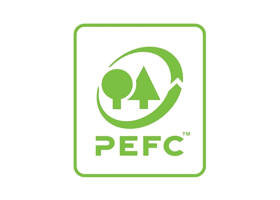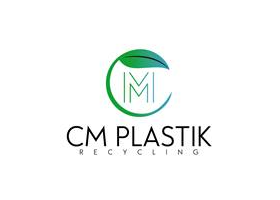In this section, you can access to the latest technical information related to the FUTURE project topic.
Researchers from China have reported the development of robust bio-based hybrid aerogels using green synthesis methods which possess superior mechanical flexibility and dimensional stability, with potential uses for sound absorption. Their findings have been published online in the journal .
Study: Enhanced Toughness and Sound Absorption Performance of Bio-Aerogel via Incorporation of Elastomer. Image Credit: Vink Fan/Shutterstock.com
Using Aerogels for Sound Absorption
Rapid urbanization, industrialization, and the growth in transportation have increased the level of noise that human and animal populations experience. Noise pollution has been highlighted as a major cause of health problems and deleterious effects on urban dwellers, and therefore the need to reduce it is a key concern in materials science and governmental regulatory bodies.
Porous materials such as aerogels and foams can effectively absorb sound energy due to the presence of multiple channels within them. Whilst they are highly effective for this purpose, many conventional foams are prepared using non-renewable fossil fuels and are non-biodegradable. Common types of commercial noise reduction foam include melamine foam and polyurethane foam.
The need for more sustainable materials and the issues with rapidly diminishing natural resources has facilitated the need for renewable sources of materials that additionally can help mitigate greenhouse gas emissions. Bio-based aerogels have recently emerged as attractive candidates for sound absorption applications.
Schematic diagram of the preparation route for AG/XNBRL aerogel. Image Credit: Shen, J et al., Polymers
Bio-Based Aerogels
Aerogels are synthesized by removing liquid from a gel using supercritical drying. This leaves behind an extremely light, low density, highly porous material with superior properties such as electrical and thermal insulation and good mechanical strength. Aerogels are the lightest class of synthetic materials and have been used in a multitude of industrial applications since their invention in 1931. Nicknames for aerogels include frozen smoke and solid air.
Silica aerogels have been widely studied for commercial applications due to their unique physiochemical properties, but these aerogels have limitations in terms of high mechanical fragility. Due to the need to develop aerogels with high performance, biopolymers have been explored in recent years as materials for aerogel synthesis. Variants of biopolymer-based aerogels studied recently include cellulose aerogels, lignin aerogels, and chitosan aerogels.
However, using bio-based aerogels for sound absorption purposes is still a new area of research, and their potential has still not been fully explored by scientists. Indeed, many bio-based aerogels still have problems with mechanical fragility, facilitating the need to use approaches such as cross-linking and incorporating fillers to improve their performance.
Related Stories










































